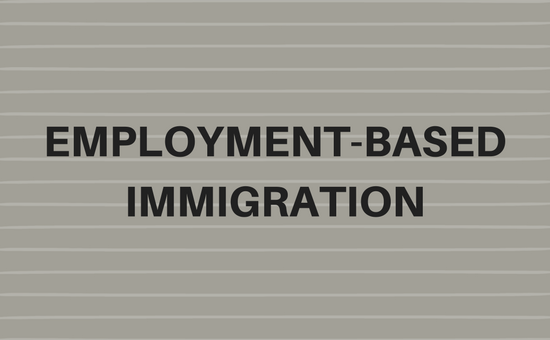One misconception about the J-1 exchange-visitor visa or status is that it always comes with a two-year foreign residence requirement. Immigration law INA section 212(e) does place a two-year foreign residence requirement on exchange visitors; however, it places the requirement on some, not all, such visitors.
The foreign residence requirement is heavy one. Any J-1 exchange visitor subject to the requirement is ineligible for permanent residence or H or L visas/statuses, until the former exchange visitor resides for two years, after her stay as an exchange visitor, in (as a general rule) her country of citizenship/nationality. While an exchange visitor subject to the requirement may apply for a waiver in many situations, applying for one may foreclose future opportunities; for example, a foreign-residence-requirement waiver may prevent an individual from receiving a future J-1 visa for graduate medical training.
The foreign residence requirement applies to three categories of exchange visitors:
- exchange visitors who come to the US to receive graduate medical education or training,
- exchange visitors who possess skills that have been determined to be in short supply in their home countries, and
- exchange visitors whose training program is financed, at least in part, by the US government or the government of the visitor’s home country.
To determine whether an exchange visitor is subject to the residence requirement, one should look at the exchange visitor’s passport and certificate of eligibility, Form DS-2019. These documents should indicate whether the exchange visitor is subject to the foreign residence requirement. However, the documents are not conclusive.
Form DS-2019 should show a consular officer’s determination (made when the initial J-1 visa was granted) regarding whether the foreign residence requirement applies. In addition, a notation may also be made on the exchange visitor’s passport next to the J-1 visa stamp. These determinations are preliminary and the exchange visitor, in fact, might not be covered by the foreign residence requirement; further inquiry is needed to establish whether the exchange visitor is covered by the foreign residence requirement.
This further inquiry—as it concerns the second category in the above list—may involve determining the exchange visitor’s skill area through an examination of his or her Form DS-2019 and other information about the exchange visitor and sponsoring program; then consulting the Exchange Visitor Master Skills List and classifying the exchange visitor’s skill area within one of the groups listed; then consulting the skills list to determine if the relevant skill area is listed for that exchange visitor’s home country.
This further inquiry—as it concerns the third category in the above list—might involve determining whether the exchange visitor or the exchange program received funds from the US government or the government of the exchange visitor’s home country indirectly through a third party, or to a de minimis degree, or as a loan, or in some other way. Put differently, this inquiry will involve determining whether the exchange visitor or exchange program received government funding in any way, including ways that may not appear to some people to be significant.
(Determining whether an individual is an exchange visitor who is in the US to receive graduate medical education or training is straightforward.)
